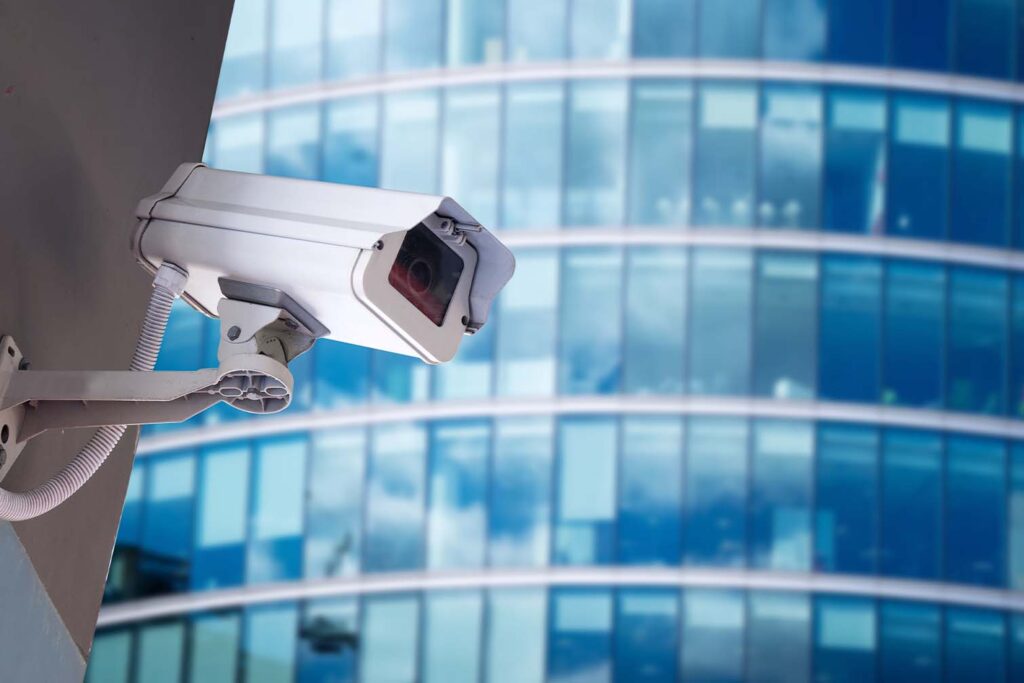Smart Automation AI Transforms Industries, Reshaping the Future of Work
The smart automation revolution driven by artificial intelligence AI is reshaping industries and redefining the future of work in profound ways. From manufacturing to healthcare, finance to transportation, AI is revolutionizing traditional processes, optimizing efficiency, and unlocking unprecedented potential. One of the most significant impacts of AI-driven automation is its ability to streamline operations and reduce costs. In manufacturing, for instance, AI-powered robotics are taking over repetitive tasks, leading to increased production rates and higher quality outputs. This not only enhances productivity but also frees up human workers to focus on more complex and creative endeavors, fostering innovation within the industry. Moreover, AI is revolutionizing the customer service landscape, with chatbots and virtual assistants becoming increasingly prevalent across various sectors. These intelligent systems are capable of handling customer inquiries, providing real-time support, and even personalizing user experiences based on data analytics. As a result, businesses can deliver faster and more personalized services, leading to higher customer satisfaction and loyalty.
In finance, AI algorithms are transforming the way transactions are processed, enabling faster and more accurate risk assessments, fraud detection, and investment predictions. This not only improves operational efficiency but also enhances decision-making processes, driving better outcomes for both businesses and consumers alike. In healthcare, AI is revolutionizing diagnostics, treatment planning, and patient care. Advanced machine learning algorithms can analyze medical images, detect anomalies, and even predict potential health risks with unprecedented accuracy. This enables healthcare professionals to make more informed decisions, tailor treatment plans to individual patients, and ultimately improve outcomes. Additionally, AI-powered virtual health assistants are empowering patients to take control of their own health, providing personalized guidance, medication reminders, and lifestyle recommendations. This not only improves patient engagement but also reduces the burden on healthcare systems, particularly in remote or underserved areas. Furthermore, AI-driven automation is reshaping the transportation industry, paving the way for autonomous vehicles and smart logistics solutions. Self-driving cars and trucks equipped with AI algorithms can navigate complex roadways, optimize routes, and minimize fuel consumption, leading to safer and more efficient transportation networks.
In logistics, ai automation powered systems are optimizing supply chain management, predicting demand patterns, and minimizing inventory costs. This not only improves operational efficiency but also reduces delivery times and enhances overall customer satisfaction. However, despite the numerous benefits of AI-driven automation, concerns about job displacement and workforce disruption loom large. As machines become increasingly capable of performing tasks traditionally carried out by humans, the nature of work is evolving rapidly. While some jobs may indeed become obsolete, new opportunities for employment and skills development are also emerging. In order to harness the full potential of AI while mitigating its disruptive impacts, governments, businesses, and educational institutions must work together to foster a culture of lifelong learning and skills development. By investing in reskilling and up skilling initiatives, promoting workforce diversity, and implementing policies that ensure a just transition to the digital economy, we can harness the transformative power of AI to create a more inclusive and prosperous future for all. In conclusion, the smart automation revolution driven by AI is transforming industries, reshaping the future of work, and unlocking unprecedented opportunities for innovation and growth.







